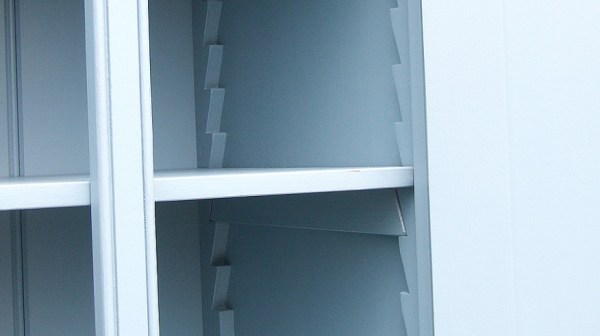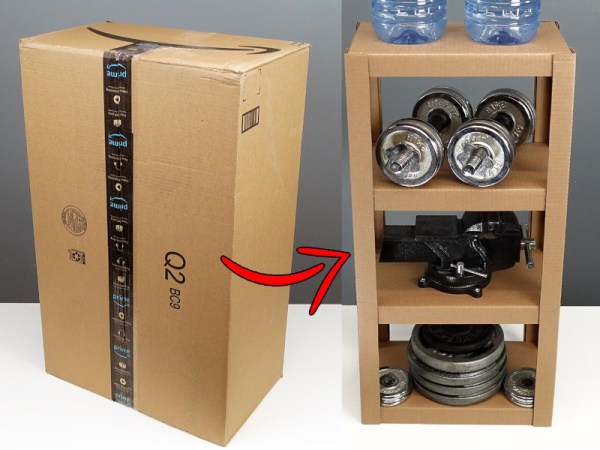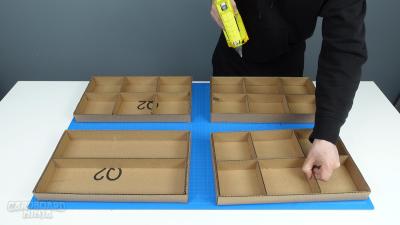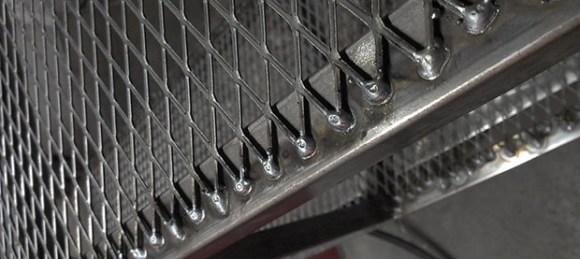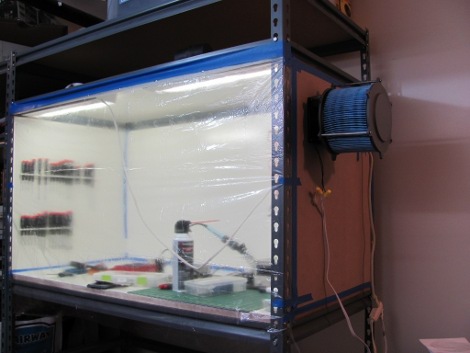Organizing things in your home or workshop is a constant battle for some of us. Until we have access to a Tardis or bag of holding, maybe the next best thing is a sliding shelf system.
[HAXMAN] found a great set of sliding shelves online, but after recovering from sticker shock decided he could build something similar for much less. The frame for the shelving was built from 4×4 posts, some 2x4s, and strut channel track welded to steel 2x6s. Aluminum plates bolted to strut trolleys support the weight of the shelving units he built from plywood.
Everything was painted with a multi-material paint formulated for covering both wood and metal so everything has a uniform appearance. We love the bright shelving offset by the more classic black appearance of the rack. Just because its storage, doesn’t mean it has to look boring!
Looking for more clever storage solutions? You might like your to make your own shadow boards, favor Gridfinity, or just wonder what other readers do to organize their electronic odds and ends.
Continue reading “Sliding Shelves Supersize Storage”


